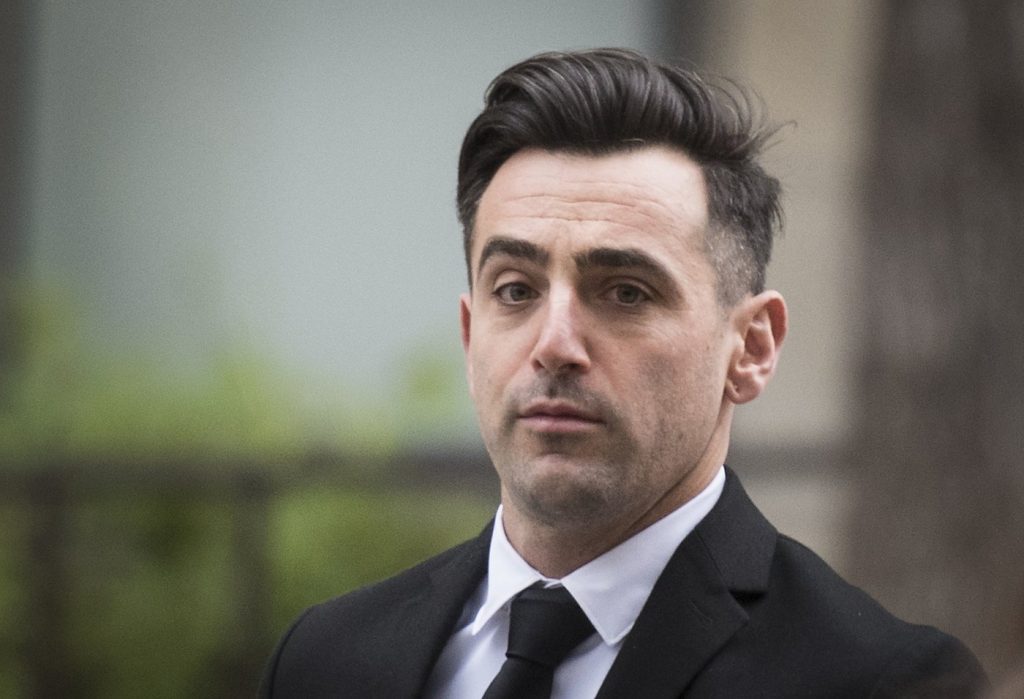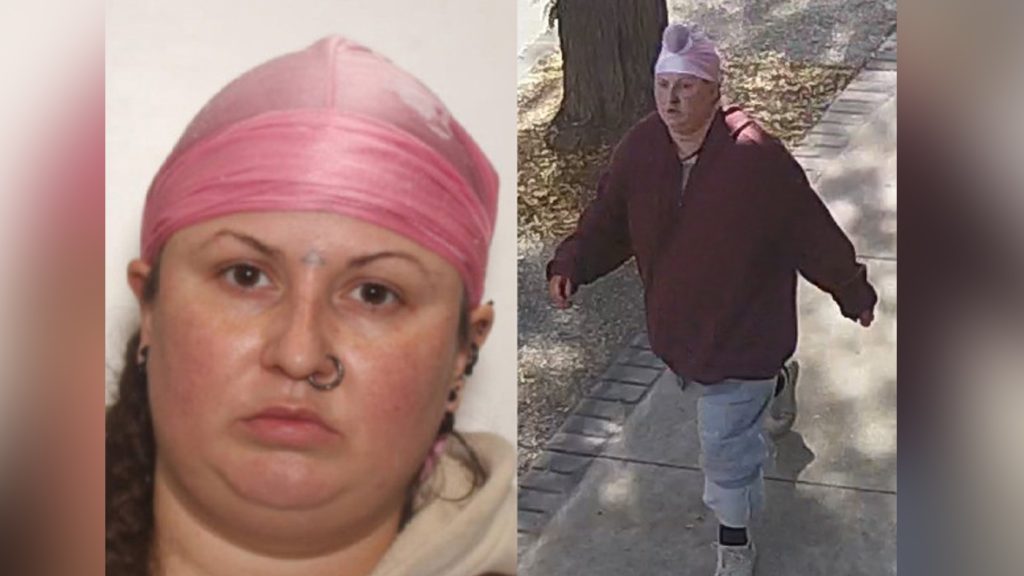Q&A with ‘Leslie, My Name is Evil’ Director Reginald Harkema
Posted May 19, 2010 2:45 pm.
This article is more than 5 years old.
Reginald Harkema is well known behind the scenes of the Canadian film industry for his work as an editor on Bruce McDonald’s Hard Core Logo and Don McKellar’s Last Night and Childstar. He’s also been making a name for himself as writer-director on films such as Monkey Warfare (starring McKellar) and the documentary Better off in Bed — featuring the rock band New Pornographers and which singer Neko Case allegedly blocked from release. His latest film, Leslie, My Name is Evil, puts a romantic and comedic spin on Charles Manson and his follower Leslie Van Houten. It’s a crazy trip that plays out like a mix between Oliver Stone’s Natural Born Killers and Terry Gilliam’s Fear and Loathing in Las Vegas.
CityNews.ca spoke with Harkema about the film — read our Q&A below.
Brian McKechnie: How did you come up with the idea for ‘Leslie, My Name is Evil’?
Reginald Harkema: I found a copy of [the book] Helter Skelter at Value Village. It was a first edition hardcover and I picked up with the intent it might be worth something. I started flipping through it and realized the hottest Manson chick was this Dutch Christian girl named Leslie Van Houten. She was the same age as my mom and I was raised in a Dutch Christian family and I thought, ‘How does [someone like] my mom become a hippy death-cult murderess?’ I started reading through the book and stumbled upon the passage where [author Vincent] Bugliosi talks about one of the jury members becoming infatuated with Leslie. From an editing standpoint it seemed to be a fascinating way to approach a romance because a jury member and someone on trial can’t talk to each other — the whole romance has to be told through editing. That opened the door and I read all the Manson books and saw all the films and then came up with my twisted approach to the story.
BM: Were there any legalities to using the likeness of Manson or Leslie?
RH: When you’re convicted for life sentences for gruesome crimes you have no life rights. But boy oh boy were the legal team from Telefilm on our ass about everything. Everything had to be cited as part of the public record. The crucifixion scene I had to find where there was evidence that Charles Manson had engaged in crucifixion rituals. As if Charles Manson is going to sue us.
BM: Do you feel your background as an editor helps you with writing and directing?
RH: Early on when I was in film school I tried out all the different crew positions and it was while being a production manager on a short film, and standing out in the rain for 12 hours, that it suddenly dawned on me that I’m not really learning the grammar of film. So I decided to ensconce myself in a nice warm editing room and actually put images together. Editors are what I like to call Type Z personalities. We don’t interact with a lot of people and we work on our own. Seemingly it’s a bit of a handicap walking onto a film set that way but at the same time I get everything I need and I’ve never had to do [a reshoot] on any movie I’ve ever made.
BM: The title is from a Pink Mountaintops song, can you explain how you discovered that?
RH: It’s one of the classic misheard lyrics. The actual lyric is, ‘Leslie, my name isn’t Eva’. In the arrangement of the song on the album I was listening to over and over while I was reading Helter Skelter, they sort of slur it and it sounds like he’s singing ‘Leslie, my name is evil’. I actually heard them play live in Toronto and they did slow, bluesy arrangements for all their songs and they really enunciated it so you could hear it clearly.
BM: Music played a huge part in the film. How did it influence you when writing the script?
RH: I have a huge record collection and once I got into the idea of doing this Manson film I started culling my collection for songs that were evocative of the period. The ones that popped out to the forefront I used to arrange into montages and that became the structure of the film.
BM: The actors are brilliant in their roles. Did you have these particular people in mind as you were writing?
RH: The only actor I had in mind was Kristin Adams who plays Dorothy. She’s been in a couple of movies I edited, Fallen Angels and Childstar, so I knew she’d be perfect to play this role. The rest of the cast came out of people auditioning…sending in [videos]. The people I wanted to use really hung in there and it all fell into place the way I wanted it to.
BM: The film is extremely visual. Was that important to you?
RH: I didn’t want to make a TV movie biopic where we had to be concerned about accuracy of the period. I was more interested in doing more of an idea of the ’60s and what we think of the ’60s as. For instance the big American flag in the courtroom is evocative to me as like the Jasper Johns flag — Jasper Johns being one of the foremost figures of the pop art movement. It was a shorthand way of not having a street full of ’60s-period cars.
BM: Who inspires you as a filmmaker?
RH: I worship at the altar [of] Jean-Luc Godard. I’m heavily influencencd by nuclear cinema and queer cinema in general. [Rainer Werner] Fassbinder and Todd Haynes. Directors of ’40s and ’50s melodramas…Douglas Sirk.
BM: What do you hope the audience takes away from the film?
RH: My dream with all my films is that a couple will go to the movie and have divergent opinions of it, get into a big argument, and then have great makeup sex. So if that’s what they get out of the movie that’s awesome.
Leslie, My Name is Evil is in theatres on May 21. Find out more about the film at newrealfilms.com/lesliemynameisevil.
brian.mckechnie@citynews.rogers.com
Top image: A scene from Leslie, My Name is Evil. Courtesy E1 Entertainment.








